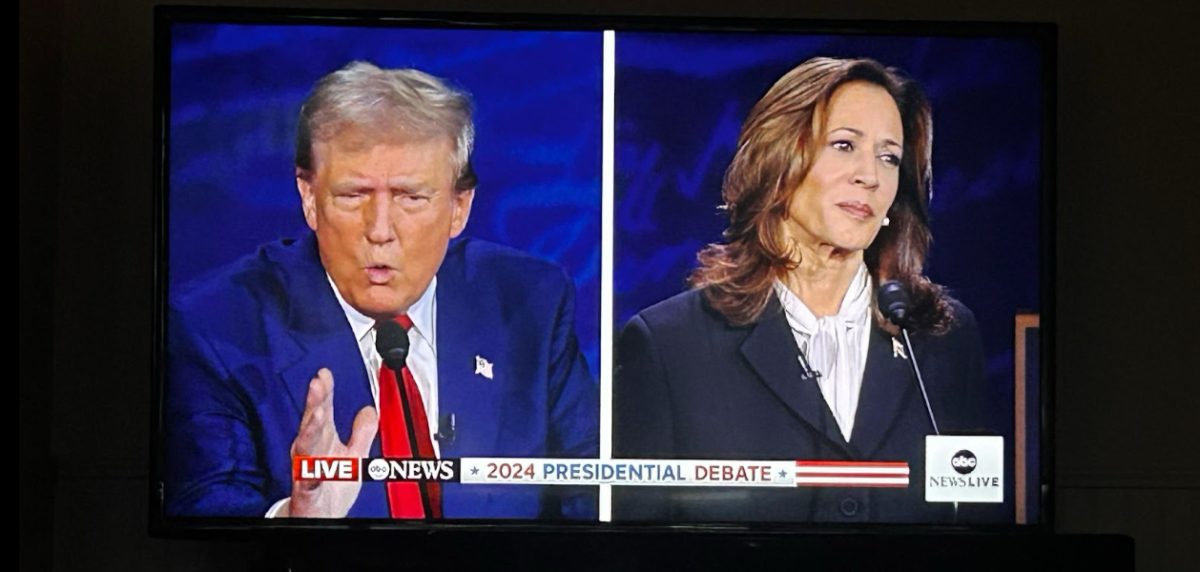California Governor Jerry Brown has signed three bills that will bring regulation to the state’s marijuana industry after almost 20 years of providing medical cannabis.
STAR // Kayla E. Galloway
Brown signed what is now the first statewide licensing regulation that apply to growth, production and sale of medicinal marijuana through retail stores. The industry will now be strongly regulated underneath different bureaus. Some say the bills lay a solid foundation for the legalization of marijuana, an issue that could be put before California voters next years.
The three-bill package signed by the governor consisted of: Assembly Bill 266, Assembly Bill 243, authored by Assemblymember Jim Wood (D-Healdsburg) and Senate Bill 643, authored by State Sen. Mike McGuire.
The three bills make up the state’s California Medical Marijuana Regulation and Safety Act, aimed at regulating the marijuana industry. They will not take full effect until 2018, though they plan to shape license, tax and regulation in the multibillion dollar industry.
Individually, AB 243 outlines the environmental impact marijuana has during its growth. It gives the state access to regulate water discharge, chemical use, and sediment that are released into the environment. SB 643 wants the state to prevent clinics from giving cards to patients who are not critically in need. AB 266 is the most prevalent when referring to regulation on every aspect of the industry.
In 1996, California passed Prop 215, the Compassionate Care Act, which allowed doctors to legally recommend pot to their patients. Now, there are more than 1,250 dispensaries bringing in an estimated $1.3 billion in sales. The regulation of this large entity will be under the new State Bureau of Medical Marijuana Regulation. The bureau will be operating under the Department of Consumer Affairs, who will oversee liscenses from growth to sales, and will be collecting fees for their services.To ensure a healthy product, the department of Public Health and Food Agriculture will oversee the growing practices and testing for all legally lisenced growers.
Much like regulated farming bills, the bill also promotes testing for consumer safety. Very few health standards are set from the government, but many cannabis clubs regulate based on their own standards and testing.
The bill outlines multiple strategies that track legal pot growers in the state, which will allow better understanding of the quantity of pot that is produced.
Having these numbers will allow the government to better trace medical marijuana abuse and legislators hope this will also slow down the black market in providing marijuana to non-medical users.
The package will allow the cultivation of small plants for a patient’s use, which will still have to be approved by a doctor. It will also allow the bureau to ban and tax as needed, throughout production, transportation and sales. With the strict new guidelines, it may bring stress to some growers, though many say it will make the transition to recreational use easier.
Students wonder if the new regulated marijuana will ever be accepted on a state campus, like Sonoma State. Michela Mickelson, an undeclared sophomore. “I don’t think it will ever be allowed on a college campus,” said Mickelson. “It doesn’t seem realistic to think administration would allow it; it would bring so many issues. With medical cannabis there are probably some cases that would be acceptable but it seems too far fetched that any campus would accept any kind of marijuana.”
WithBrown signing the trio of bills, he may be going against his stance in 2014, when he stated California may lose the competitive edge if marijuana was legalized for all. In the meantime, the industry will be able to function like a regular business with promise to grow and thrive knowing they have the support of the government behind them.


































